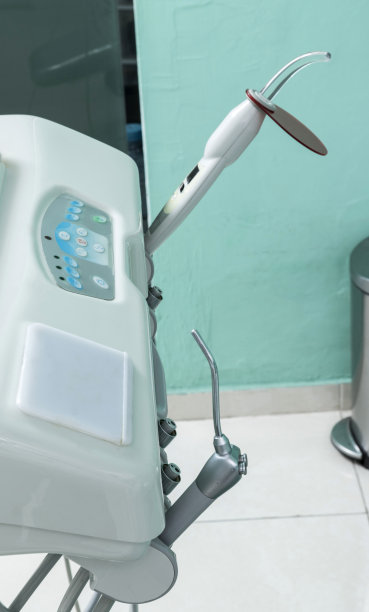The Comprehensive Guide to Understanding the Process and Aftercare of Tooth Extraction for Optimal Recovery
Summary: Tooth extraction can be a daunting procedure, but understanding the process and proper aftercare can ease anxiety and enhance recovery. This comprehensive guide outlines the steps involved in tooth extraction, from pre-procedure consultations to the actual extraction, and even aftercare strategies to ensure optimal healing. Readers will gain insights into pain management, dietary recommendations, potential complications, and the importance of follow-up visits. Ultimately, this guide serves as an essential resource for anyone facing tooth extraction, aiming to transform the experience from stressful to manageable, promoting a successful recovery.
1. Understanding the Tooth Extraction Process

The process of tooth extraction involves several key steps that patients should be aware of. Initially, a detailed consultation with a dental professional is crucial, as this helps assess the need for extraction. Factors such as the tooths condition, surrounding teeth, and overall oral health will guide the decision. The dentist may also conduct X-rays to evaluate the tooths root structure.
Once the decision for extraction is made, the next step is preparation. Patients must provide their medical history, including any medications they are currently taking, which can impact the procedure. Additionally, sedation options — from local anesthesia to general anesthesia — will be discussed to ensure a pain-free experience during the extraction.
The actual extraction involves the dentist carefully loosening the tooth and removing it from the socket. This process can vary in complexity, particularly if the tooth is impacted or requires surgical intervention. The dentists skill and experience play a significant role in ensuring the procedure is conducted smoothly and efficiently.
2. Post-Extraction Care Guidelines
After the extraction, following specific aftercare instructions is paramount for a smooth recovery. First and foremost, patients should bite down on a gauze pad for about 30 minutes after the procedure to help control bleeding. Its essential to keep the head elevated and apply an ice pack on the outside of the face to minimize swelling.
Patients are also advised to avoid strenuous activities for a few days post-extraction. Physical exertion can increase blood pressure and potentially lead to complications such as excessive bleeding. Furthermore, ensuring hydration and rest can assist in the overall healing process.
Dietary modifications are necessary during this recovery phase. Soft foods like mashed potatoes, yogurt, and smoothies are recommended, while hot, spicy, or crunchy foods should be avoided. These adjustments help minimize discomfort and reduce the risk of damaging the extraction site.
3. Pain Management and Medication
Managing pain effectively is crucial for a comfortable recovery from tooth extraction. Dentists typically prescribe over-the-counter pain relievers such as ibuprofen or acetaminophen to help alleviate discomfort. Patients should adhere to the recommended dosages and schedules provided by their dental professionals.
In some cases, dentists may prescribe stronger pain medication for patients with significant discomfort or those who underwent more complex extraction procedures. It’s vital for patients to take these medications as directed and to communicate any concerns to their dentist.
Additionally, applying a cold compress can significantly help reduce inflammation and numb the affected area, providing relief from pain. However, if pain persists or worsens beyond a few days, it is essential to consult with a dental professional to rule out any potential complications.
4. Recognizing Potential Complications
While most tooth extractions heal without issues, it’s crucial for patients to be aware of potential complications that may arise. One common concern is dry socket, which occurs when the blood clot at the extraction site dislodges or dissolves before healing. This condition can result in severe pain and requires a follow-up visit for treatment.
Infection is another potential risk that may occur post-extraction. Signs of infection include increased swelling, fever, and pus discharge from the extraction site. If any of these symptoms develop, patients should seek immediate dental care to address the issue.
Finally, some patients may experience prolonged swelling or bruising, which, while often normal, should be monitored. If symptoms persist beyond the expected timeframe, a follow-up appointment is advisable to ensure proper healing and address any underlying concerns.
Summary:
Understanding the tooth extraction process and aftercare is crucial for optimal recovery. With detailed insight into the steps leading up to the extraction and the necessary aftercare guidelines, patients can feel empowered and informed, easing any anxieties surrounding the procedure.
Remember, each patient’s recovery experience may vary; therefore, following your dentists recommendations is essential for a smooth healing process.
This article is compiled by Vickong Dental and the content is for reference only.


